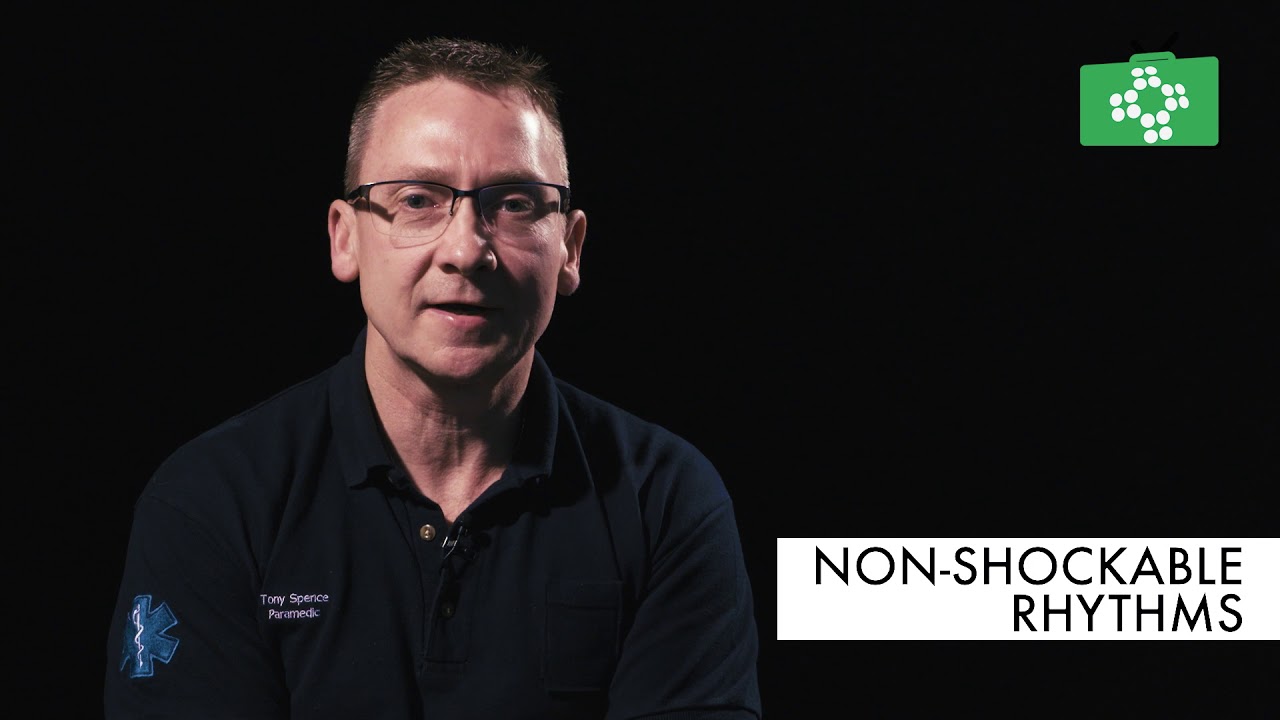
If you remember 4 H’s and 4 T’s, you will be able to remember the main causes of non-shockable rhythms. And when we are carrying out a cardiac arrest scenario, we will always bear these causes of that cardiac arrest in mind. They are known as reversible causes, and the four H’s are: Hypoxia, hypothermia, hypovolemia and then hypo or hypercalcaemia, natremia, or kalemia, basically, metabolic imbalances. We can also include hyper-ions, I.e. Acidosis in that H. Looking at the four T’s, we’re looking at a cardiac tamponade, a tension pneumothorax, toxins and thromboembolic. The ones that we see most frequently in the pre-hospital setting, are thromboembolic following a myocardial infarction or a large CVA.
For more information on training courses, visit our “Courses” page which also includes our First Responder and First Person on Scene (FPOS) Courses.

